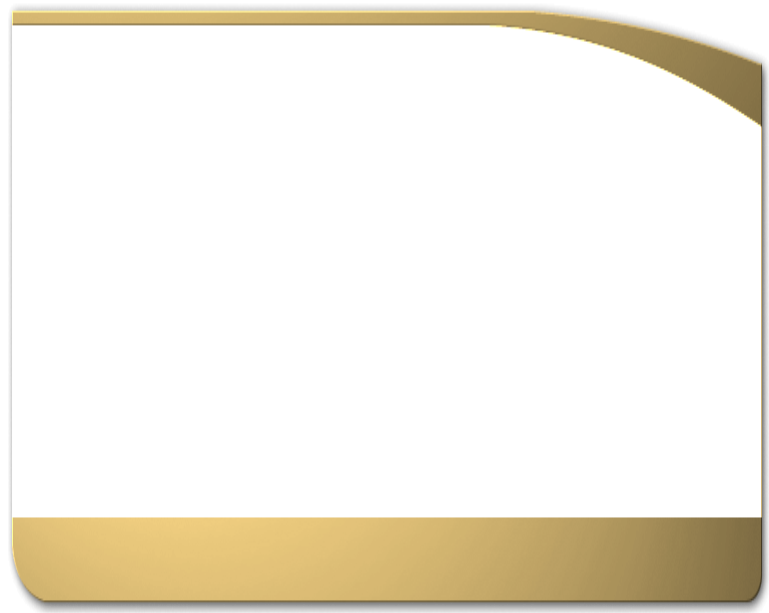


The reception of Richard Wagner’s operas and writings was a major influence on late nineteenth century Italian opera. In the works of Ruggero Leoncavallo, and especially in his four major operas – Pagliacci (1892), I Medici (1893), La Bohème (1897) and Der Roland von Berlin (1904) –, references to Wagner occur on many different levels, both in the music and in the libretto. Among the composers of the so-called « giovane scuola italiana » (Giacomo Puccini, Pietro Mascagni, Ruggero Leoncavallo, Francesco Cilea, Umberto Giordano), Leoncavallo was the only one who – like Wagner – wrote his own librettos. I Medici was conceived as the first part of an incomplete trilogy under the title of Crepusculum, a clear and significant tribute to Wagner’s Götterdämmerung.
In his historical drama Der Roland von Berlin, commissioned by Emperor Wilhem II for the Königliche Hofoper Berlin, Leoncavallo had to cope with a particularly difficult challenge : he had to write an opera and a libretto to be performed in German, a language he didn’t speak at all. Therefore, he arranged his operatic text after Willibald Alexis’s Italian translation of the novel Der Roland von Berlin (1840), and the libretto was then re-translated into German. The musical structure of Leoncavallo’s opera is an example of historicism, taking Wagner’s Die Meistersinger von Nürnberg as a model for the introduction of act I, as well as for the integration of « authentic » early music for the purpose of historical colour. Assisted by the historian Wilhelm Tappert, Leoncavallo used original tunes dating from the sixteenth and seventeenth centuries, and then integrated them in his score and its elaborate system of Leitmotivs.
2005
Le compositeur face au texte


Arnold Jacobshagen
Universität Bayreuth
Der librettierende Komponist : Leoncavallo, Wagner und der Historismus

